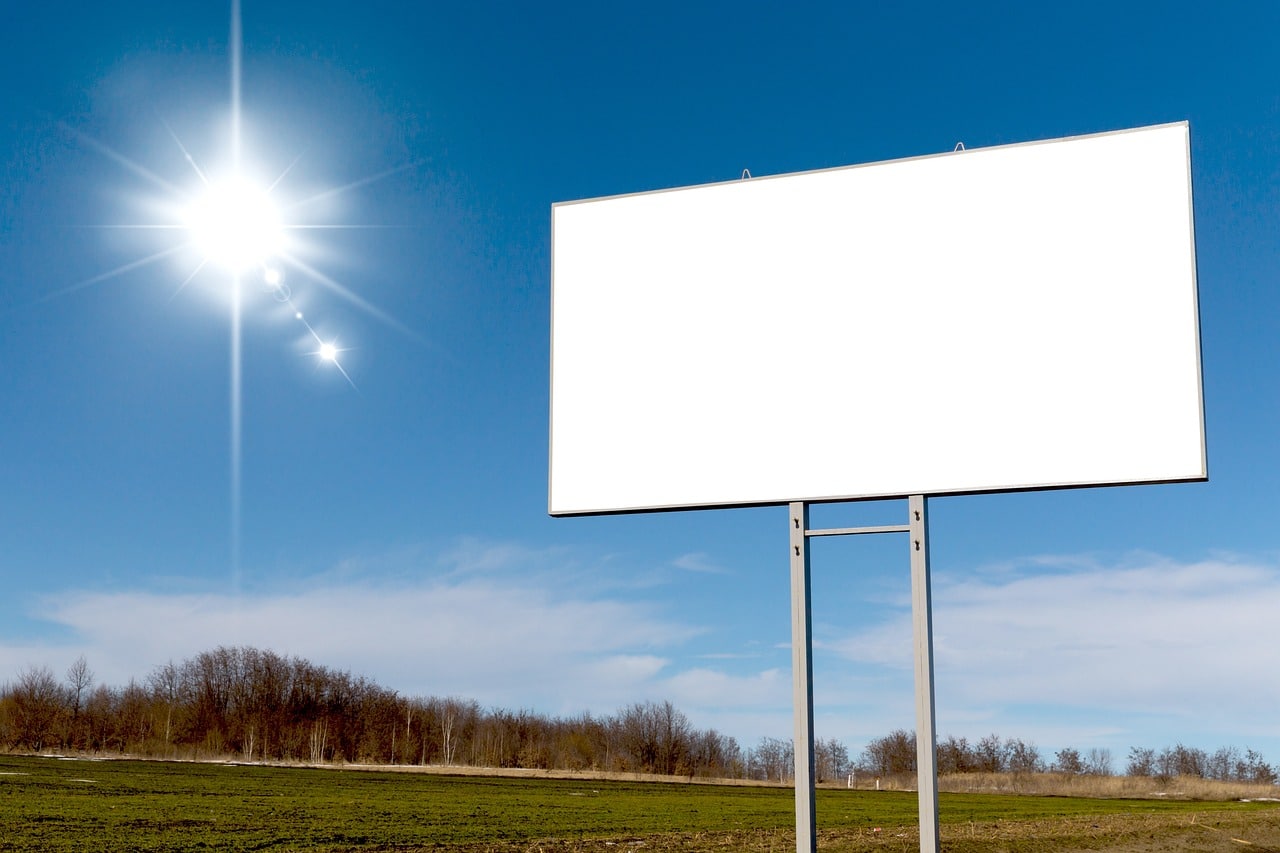Banner Advertising: Key Facts at a Glance
In this guide, you’ll learn the basics of clickable banner advertising, key design principles, and popular formats.
Banner advertising is a powerful tool for selling products online. With its ability to reach a large and diverse audience, it’s essential for online shop owners. It helps build brand awareness, supports the launch of new products, and ensures offers remain in the minds of customers.
One challenge with banner advertising is capturing the attention of visitors, as you need to interrupt their activity to encourage clicks. This requires intentionally creating an interaction with your target audience. However, with the right strategies, you can significantly enhance the effectiveness of your ads.
With a bit of creativity, you can design banners that not only grab attention but also drive conversions. This guide will walk you through how to strategically use clickable banner ads, create appealing designs, and implement web banners successfully.

What Is Banner Advertising?
Banner advertising involves using graphic digital ads to promote a brand or encourage users to click on the ad. The goal is to direct them to a landing page, such as your online shop. These ads are typically rectangular and placed in specific areas of websites or social media platforms.
How Banner Advertising Works
Banner ads are displayed through online ad networks or directly on websites. Ad networks manage the ads of various advertisers and distribute them across their network of websites.
A key factor for success is precise targeting. Advertisers analyze demographic data and user behavior to show their ads to the right audience. Common targeting criteria include location, interests, browsing habits, age, gender, or device type. The more targeted the ad, the more effective it tends to be.
Many ad networks use **Real-Time Bidding (RTB)**. In this process, advertisers compete in an auction within milliseconds for ad space, and the winning bid determines which ad is displayed.
Advertisers can continuously improve their campaigns by analyzing performance data. Adjustments to ads, targeting strategies, or bidding strategies can enhance the impact of banner advertising.
Costs of Banner Advertising
The costs of banner ads depend on the payment model and platform. According to BusinessofApps, the average **Cost-per-Click (CPC)** for search ads in 2024 was €0.57, while Google Display Ads averaged €2.42.
Here are the common payment models for banner ads to help you choose the one that fits your goals:
– Cost per Mille (CPM):
You pay a fixed amount for every 1,000 impressions, meaning 1,000 people who view the webpage with your ad. This model is ideal for building brand awareness, regardless of whether users click on the ad.
– Cost per Click (CPC):
You only pay when users actually click on your ad. Perfect for increasing click-through rates or driving traffic to your website.
– Cost per Action (CPA):
Often used in affiliate marketing, this model rewards partners for each successful action, such as a sale inquiry. Partners host your ad on their website or social media, earning a commission for completed actions.
– Cost per View (CPV):
Ideal for video ads, where you pay for each view lasting at least 30 seconds or any interaction with the ad.
– **Cost per Lead (CPL):**
Similar to CPA but focused on specific actions, like newsletter signups, email registrations, or social media follows.
The choice of the payment model depends on your objectives: whether it’s brand awareness, traffic, conversions, or targeted interactions.
For effective case studies and additional tips, visit Shopify.com.